Bearded collie: features of the breed, feeding and care
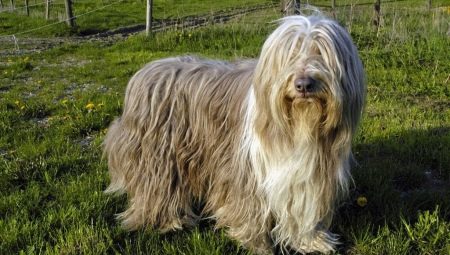
Pets are energy donors of people, feeding their owners with positive, energy and good mood, and sometimes getting rid of dangerous diseases. Dogs have enjoyed the greatest popularity over the years. Loyal, honest and affectionate animals are always ready not only to amuse the owner, but also to protect. The International Cynological Association has a huge number of dogs that differ in size, color and conditions of detention.
When choosing a pet, novice dog breeders give preference to well-known breeds, but dog handlers recommend not to rush to make a choice and carefully study as many varieties as possible. Often little-known species deserve more attention. One of these breeds is the bearded collie.
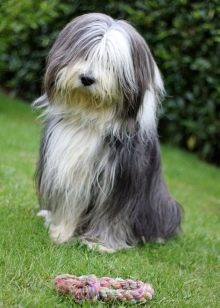
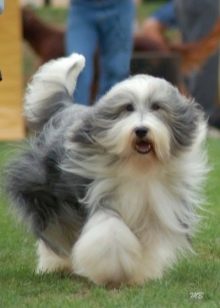
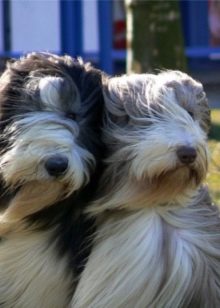
Origin story
Bearded Collie - herding dogs, which belong to the Scottish Shepherd Dogs. Smart, hardy, strong and hardworking animals are often called birdies or bearded. The roots of this breed go back centuries, and there is still no consensus about its origin.
Some sources take us back to the distant 16th century, when the Lowland Sheepdog was assimilated in Scotland, and already at the beginning of 1900, breeders introduced a new breed - the Bearded Collie. Other historical evidence suggests the appearance of this species as a result of crossing the Rough Collie and the Bobtail.
The breed received official recognition from the English Kennel Federation only in 1945, and from the American - in 1980.On the territory of the CIS, the bearded man was recognized only in 1990, but remained undeservedly unclaimed and unpopular to this day.
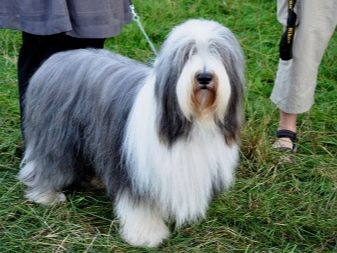
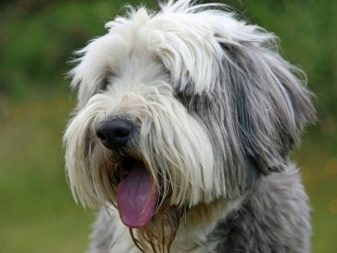
Description of the breed
Outwardly, birdie is very similar to a huge lapdog. The standards of this breed first of all provide for a proportional ratio of all parts of the body; a change in these parameters negatively affects the recognition of individuals.
The maximum weight of an adult can reach 30 kg, and the height exceeds 50 cm. The animal has no pronounced sex differences. The body of the dog has a standard rectangular shape with a wide and convex chest, but thanks to the long coat, the pet appears short and stocky.
The wide skull has a flat forehead and a straight nasal plate. The entire surface of the muzzle is covered with a well-developed muscular system. The pigmented lip folds completely cover the strong jaw, which contains all the dental elements.
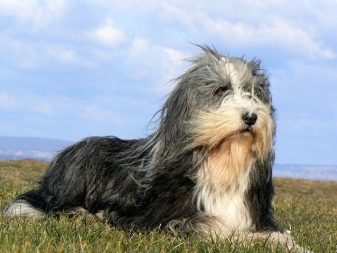
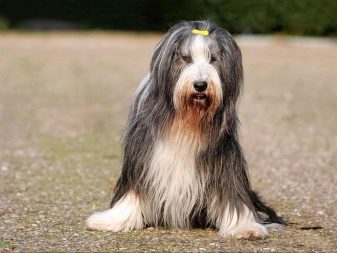
The square nose has round and open nasal passages, painted black. The norms of the standard allow the presence of light nostrils in individuals whose wool is colored in light colors. Intelligent and attentive eyes have a wide stance, and the gaze is always directed forward. A distinctive feature of the breed is the presence of thick eyelashes and eyebrows. The auricles in a calm state are always directed downward, but in case of danger, the animal always raises them.
Strong and straight limbs have a developed muscular system and pronounced articular zones. Fleshy pads with dense skin give your pet extra stability and strength. The tail should be as proportional as possible to the whole body and directed downward.
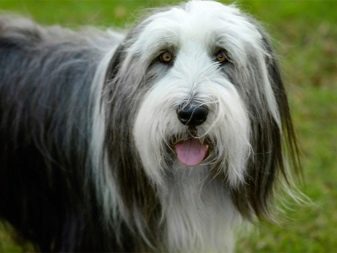
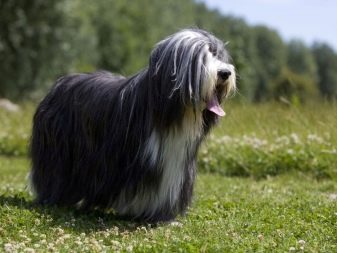
Particular attention should be paid to the description of the long and thick coat, which forms a thick beard, mustache and eyebrows in the muzzle area. It is thanks to these elements that the pet got its unusual name. Breed standards call for a soft guard hair and a dense, voluminous and dense undercoat. Breeders reject individuals that have increased curliness and hairiness.
A distinctive feature of this breed is change in wool color in the first years of life. The dark coat of newborn babies gradually lightens over several years and takes on its final shade only by the age of five.
Cynologists note that black babies can completely change their color, but red and brown ones only lighten a little.


List of classic color shades:
- Gray;
- black;
- ginger;
- Brown;
- brownish red;
- beige.
The paws, neck, chest, belly, tail and a small area in the forehead and muzzle can be painted white.
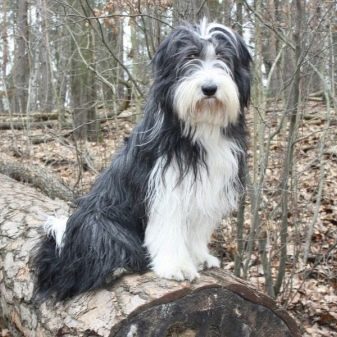
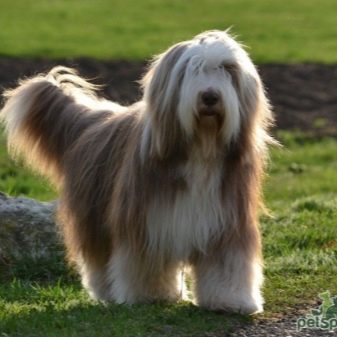
Like any other pet, bearded animals have both positive and negative characteristics.
Advantages:
- energy;
- high aesthetic performance;
- cheerfulness;
- sociability;
- devotion;
- unpretentiousness;
- attentiveness;
- emotional stability.
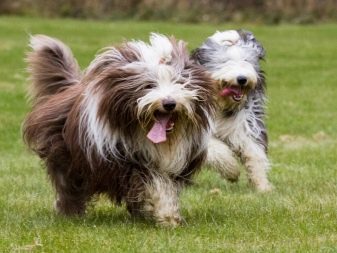
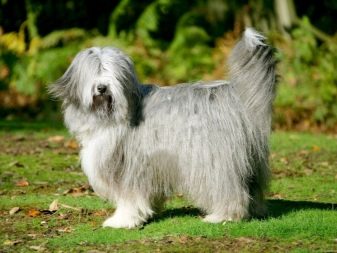
Disadvantages:
- independence;
- independence;
- intolerance to loneliness;
- exactingness to the care of the coat;
- excessive mobility.
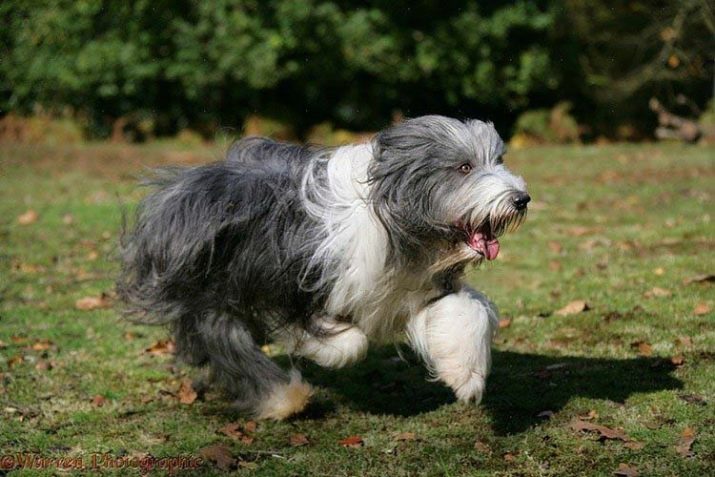
Character and behavior
The bearded collie is a dog friend. The pet has a kind, loyal and patient disposition, and his high intellectual abilities allow him to accurately understand the owner and carry out his commands. An obedient animal responds positively to the requests of all family members. The sonorous barking of a good-natured pet is a sign of greeting and joy from meeting the owner, but not a warning of danger.
The playful and lively pet is very fond of the company of children, with whom he can play enough and run around from the heart. However, play with very young toddlers must be strictly supervised. A mobile and large dog can accidentally harm the baby.
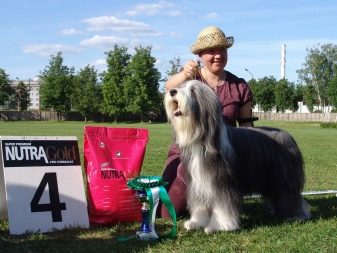

The sociable beast has a very negative attitude towards loneliness and oblivion. Being alone for a long time, the dog begins to feel sad, bored and may become depressed. Suffering from boredom and loneliness, the pet can make a mess in the house and show excessive activity and adequacy at the sight of the owner. Given this feature of the animal, people with high employment should refuse to buy this breed.
In communication with other inhabitants of the house, the bearded man chooses partnerships and comfortable conditions for coexistence. Even in small animal society, the dog does not show dominant superiority. Despite the presence of predatory instinct, the pet does not show aggression towards cats and feathered inhabitants of the yard. All his attention lies only in the playful pursuit of them and in provoking them to play.
An intelligent animal, even in conditions of fun, never loses its vigilance and always keeps order in the territory entrusted to it. These skills remained with him from the days of performing herding duties, which consisted of the need to constantly monitor and adjust a huge herd.

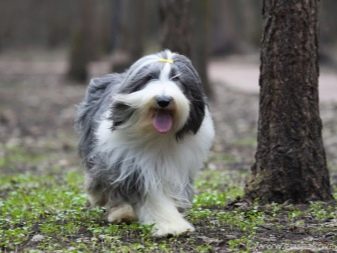
How to choose a puppy?
In order to raise a healthy and strong animal, it is necessary not only to correctly equip the pet's life and balance its menu, but also to choose the right puppy. Due to the low popularity of this breed, it is not possible to purchase a bearded man in all nurseries. Most of the breeders live in large cities and regional centers. The cost of purebred puppies with a passport and immunization card can surprise even professional dog breeders.
The most suitable age for buying puppies and moving them to another house is 7 weeks. It is at this time that the animal begins to acquire independence and is able to respond to the commands of the owner. Another factor that plays an important role when buying at 2 months of age is it is the stabilization of the hue. The coat of newborn babies changes color during the growth process, and the final color can disappoint the owner.
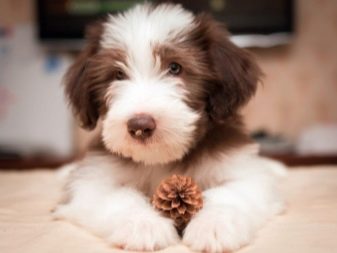

Characteristics of a healthy puppy:
- flat and wide muzzle;
- widely spaced limbs;
- activity;
- a good appetite;
- lack of obvious signs of disease;
- smooth and shiny coat;
- playfulness;
- curiosity.
Of great importance when buying a pet is the sanitary condition of his place of residence and the quality of the feed used. If there are even minor deviations, experts recommend abandoning the purchase.

Signs of a sick puppy:
- bloated belly;
- unpleasant odor;
- deformed limbs;
- lameness;
- the presence of skin pests;
- dirt in the anal area.

Conditions of detention and care
An unpretentious animal does not require increased attention and special care, but nevertheless, the owners must understand that a long and thick coat needs timely hygiene procedures.
- In order to avoid tangling of hair and the formation of tangles, experienced dog breeders recommend to carry out a complete combing of the coat every day, without missing a single area. Long hair very quickly gets lost, which leads to the immediate formation of dense woolen lumps, which subsequently must be carefully disassembled by hand or sheared, however, the trimmed sections of the wool will significantly worsen the external aesthetic indicators of the animal. For high-quality combing, you need to purchase special brushes and combs.
- To prevent unpleasant odors, the animal should be bathed monthly using special hygiene products. Many housewives collect combed wool after bathing and make warm winter clothes from it, which can not only warm, but also cure various diseases. After each feeding, the pet needs to wipe the beard on which food remains.
- To prevent the development of inflammatory processes, it is advisable to examine the ears, eyes and nose once every seven days, and, if necessary, clean them with special cotton swabs or discs.
- In order to prevent hair from getting into the eyes, many owners collect curls on their heads in a small bun or tail, which makes the animal even more attractive.
- To prevent the development of dental plaque, the pet's teeth must be cleaned daily with special pastes, and artificial bones will help to form the correct bite.
- Every month, you should examine the pet's paws and adjust the length of the nail plates with special nippers.
- When purchasing this breed, each owner must take into account its original purpose, and, taking into account this information, organize the living space for the bearded man. The genes of the herding dog are predisposed to the protection of large territories, therefore, it is inappropriate to settle a large animal in small premises. More comfortable conditions for the dog is a large open-air cage in the courtyard of a private house with a cozy and warm booth. Despite the pet's endurance and resistance to low temperatures, during severe frosts, experts recommend moving it to a warm house.
- To maintain good physical shape, in addition to daily walks, the bearded man needs regular trips to nature, where in open spaces he can run from the heart and spend all the accumulated energy supply.
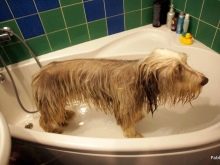
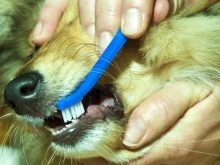
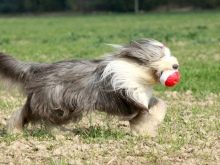
If the standards of maintenance and hygiene rules are not followed, the animal may develop the following pathologies:
- diseases of the musculoskeletal system;
- disruption of the thyroid gland;
- allergic skin redness, rashes and itching;
- violation of the organs of vision.
Timely vaccinations and regular visits to medical institutions will help to reduce the incidence rate. If problems arise, it is strictly forbidden to use folk remedies that can worsen the condition of the dog and lead to disastrous consequences.


Feeding
An unpretentious animal does not need a special diet. The main thing for the animal is to consume the maximum required amount of proteins, fats and carbohydrates. The dog can receive these components both from industrial feed, and from natural products.
When choosing the natural ingredients of the menu yourself, you should focus on the following products:
- beef;
- veal;
- chicken;
- turkey meat;
- rabbit meat;
- porridge;
- vegetables;
- greens;
- vegetable oil.
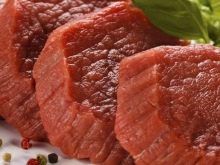


Once a week, the bearded man should be pampered with fish, eggs and cottage cheese. To maintain vitamin and mineral balance, your pet needs regularly give special vitamin complexes.
If the owner does not have the opportunity to prepare a full meal every day, experts advise using high-quality ready-made feed mixtures, which should not contain dyes, preservatives, flavor enhancers and stabilizers.
To prevent diarrhea and eating disorders the dog should receive food at the same time throughout its life. The dog should have constant access to clean and fresh water, and in no case should there be old and “missing” food in the bowls.
It is strictly forbidden to feed the dog with food from the common table, sweet pastries, chocolate, citrus fruits, sauces, mayonnaise, hot spices, chicken bones and canned foods, as well as fried, salted, smoked and pickled foods.
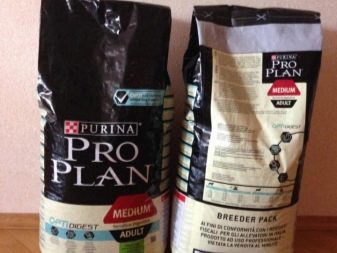
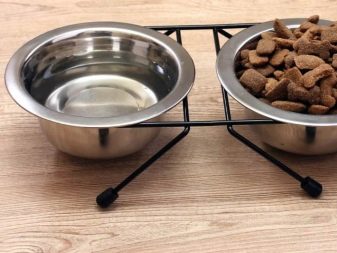
Education and training
In order for the acquired puppy to please its owners not only with its gorgeous appearance, but also with its behavior, experienced dog breeders recommend starting the process of training and training from the first days of the dog's stay in the house. The main difficulty of this procedure lies in the presence of a pronounced independence and independence. An animal has its own opinion on many situations and things, which can run counter to the requirements of the owner, and only the authority of a person can lead to a clear execution of commands.
A delay in the execution of a command does not mean that the animal did not understand it - it is just that the pet analyzes the situation and compares its desires with the owner's requirements. Timely and regular encouragement with kind words and tasty treats can speed up this process.
Dog handlers categorically prohibit the use of physical punishment, shouting and rudeness during training. The beast will harbor a grudge against the owner and generally refuse to contact him.
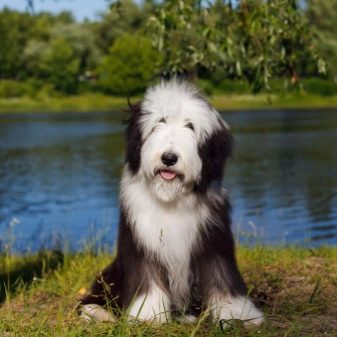
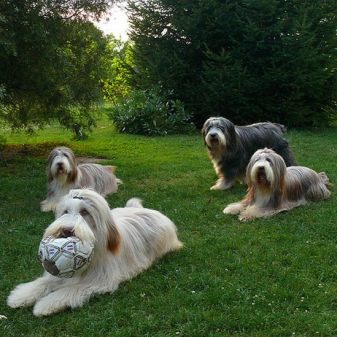
An energetic animal needs regular physical activity that will satisfy all of its athletic needs.
If the owner does not have the professional skills of a trainer and a sufficient amount of time, experts recommend contacting professional trainers who will not only correct the pet's behavior, but also be able to instill and develop the skills of a guide or companion for the athlete.
A pet is not only a source of joy and positiveness, but also an object of constant attention and care. The new family member acquires the status of a full-fledged tenant of the apartment, who has his own needs and desires. Before buying a baby, you must carefully study the conditions of its maintenance, diet and character traits. Novice dog breeders should understand that a dog is not a toy that can be discarded at any time. The life and health of a fluffy lump completely depends on the actions of the owner, whose main task is not to deceive the hopes of a devoted friend.
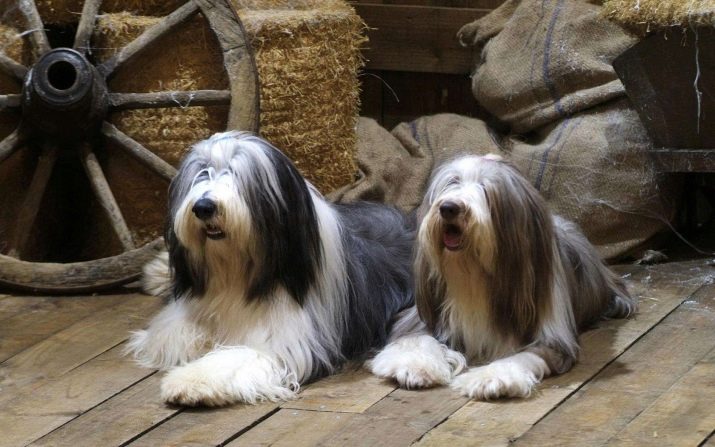
For more information on the characteristics of the breed, see the next video.






































